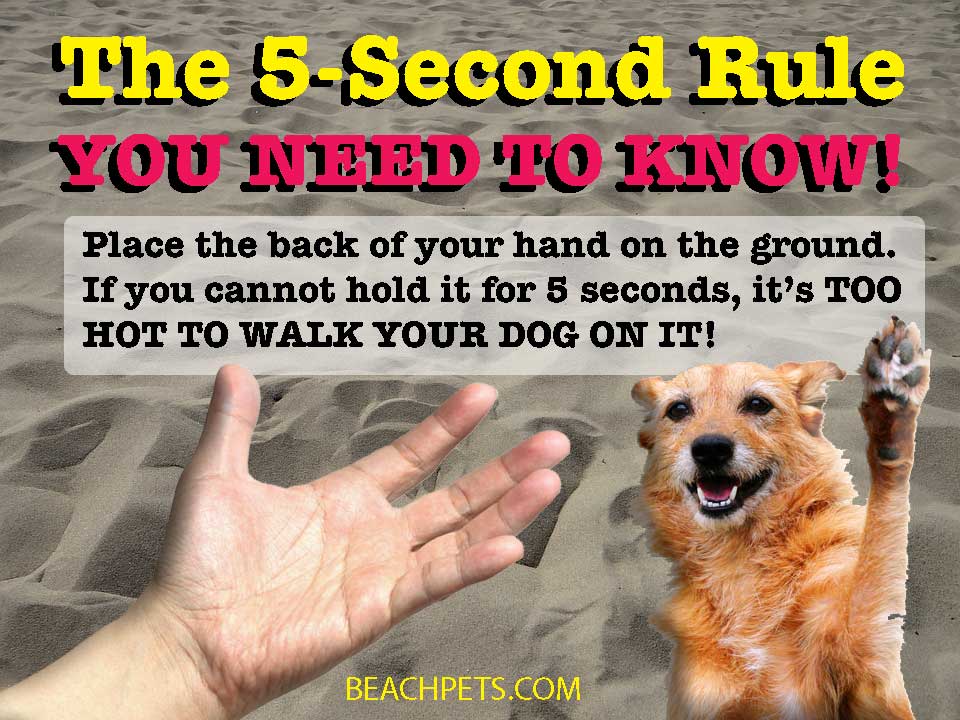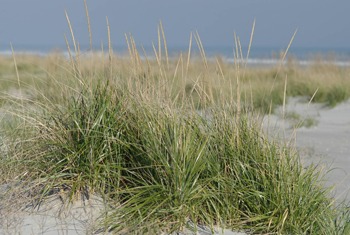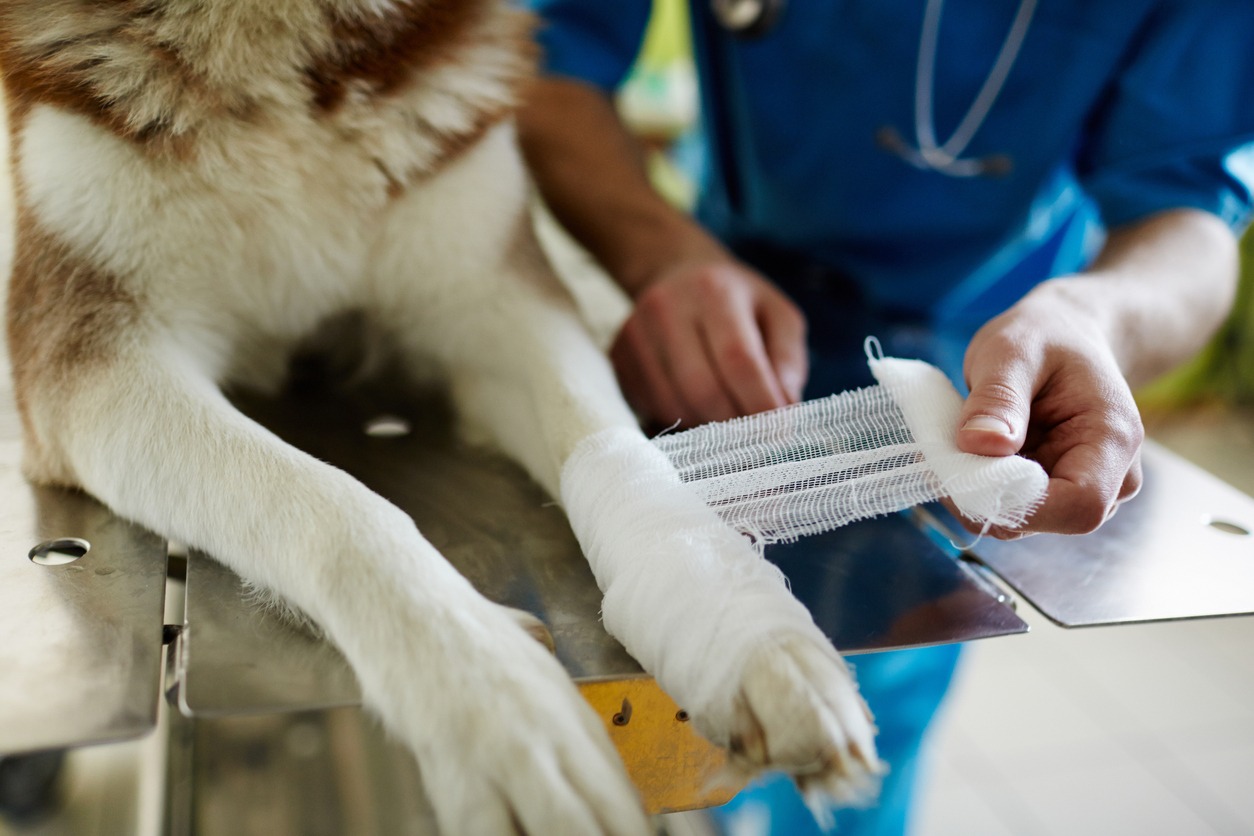Ever run barefoot across the hot midday sand? On warm days, it’s best to go to the beach during the morning or evening hours to prevent painful scorched paws.
Paw burns can be serious
if Fido or Fifi do get burned, check in with the vet for proper treatment as infection risk is high.
Signs of Injured Pads
- limping or refusing to walk
- licking or chewing at the feet
- pads darker in color
- missing part of pad
- blisters or redness
- whining and or heavy panting may be a sign of pain
Steer your dogs clear of cookouts and campfires.
Not only can there be mishaps with the fire or food, but it takes longer for hot embers and coals to go out in the summer. And be careful your pup doesn’t tangle with a recently buried campfire! Beach fires are frequently buried, using inland wisdom. Burying a fire in sand can keep it burning for hours with the hot sand above being treacherous.
Tall Grass is Dangerous
It’s called “saw grass” for a reason! Paws and legs are easily sliced, especially in the fall as blades dry out, but year-around. Tall grass is also notorious for hiding paw lacerating broken bottles, hooks and other trash washed up in storms or left by careless humans. Stay on the trails with a leashed pet or avoid the dune grass on your beach adventure.
How to treat injured paws:
It is important to keep the foot area cool and clean. As soon as you notice the problem, flush the pads with cool water and carry him/her if possible to a grassy area (soft and cool).
It’s also important that you take measures to prevent infection.
- As soon as you can, wash the paw pad using antibacterial soap and rinse thoroughly.
- Pat the injured foot with a clean towel to dry the area.
- Pour an antiseptic like betadine (preferred) or hydrogen peroxide over the burned, blistered or cut paw pad and allow the liquid to air dry. (Hydrogen peroxide can damage tissue and delay healing. After the initial cleaning, it must be used at half-strength, with 50% water added. This is why betadine is preferred.) Do not use alcohol, it burns!
- Apply a generous amount of antibiotic ointment to the injury.
- Wrap the paw and ankle with rolled gauze, taking care not to reduce circulation by wrapping too tightly. Roll the gauze in a “figure 8” pattern, looping around the paw and ankle to prevent the bandage from slipping off.
- Cover the bandage with a sock, placing a bit of tape around the dog’s leg at the sock’s ankle to hold the sock in place. The sock will prevent soiling of the foot bandage.
Typically, bandaging is not recommended for dog injuries as the limited air flow can promote the growth of anaerobic bacteria. But paw pad injuries are an exception to this rule because, without a bandage, the injured paw pad will be contaminated with bacteria and irritated by debris.
Visit your Veterinarian
Paw pad burns and cuts are very prone to infection, so visiting the veterinarian is important. Antibiotics are often prescribed for a paw pad cut, burn or sore due to the high risk of infection. Sometimes, a more thorough cleaning may need to be performed under anesthesia; removal of dead tissue may also be necessary to allow for healing to occur. A visit to the vet is even more vital when more than one paw is involved, which is often the case with foot pad burns.



